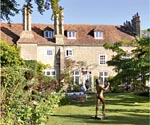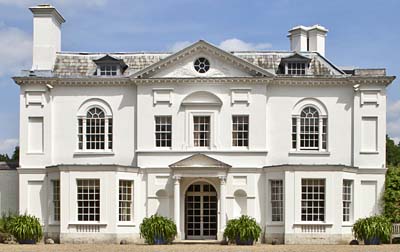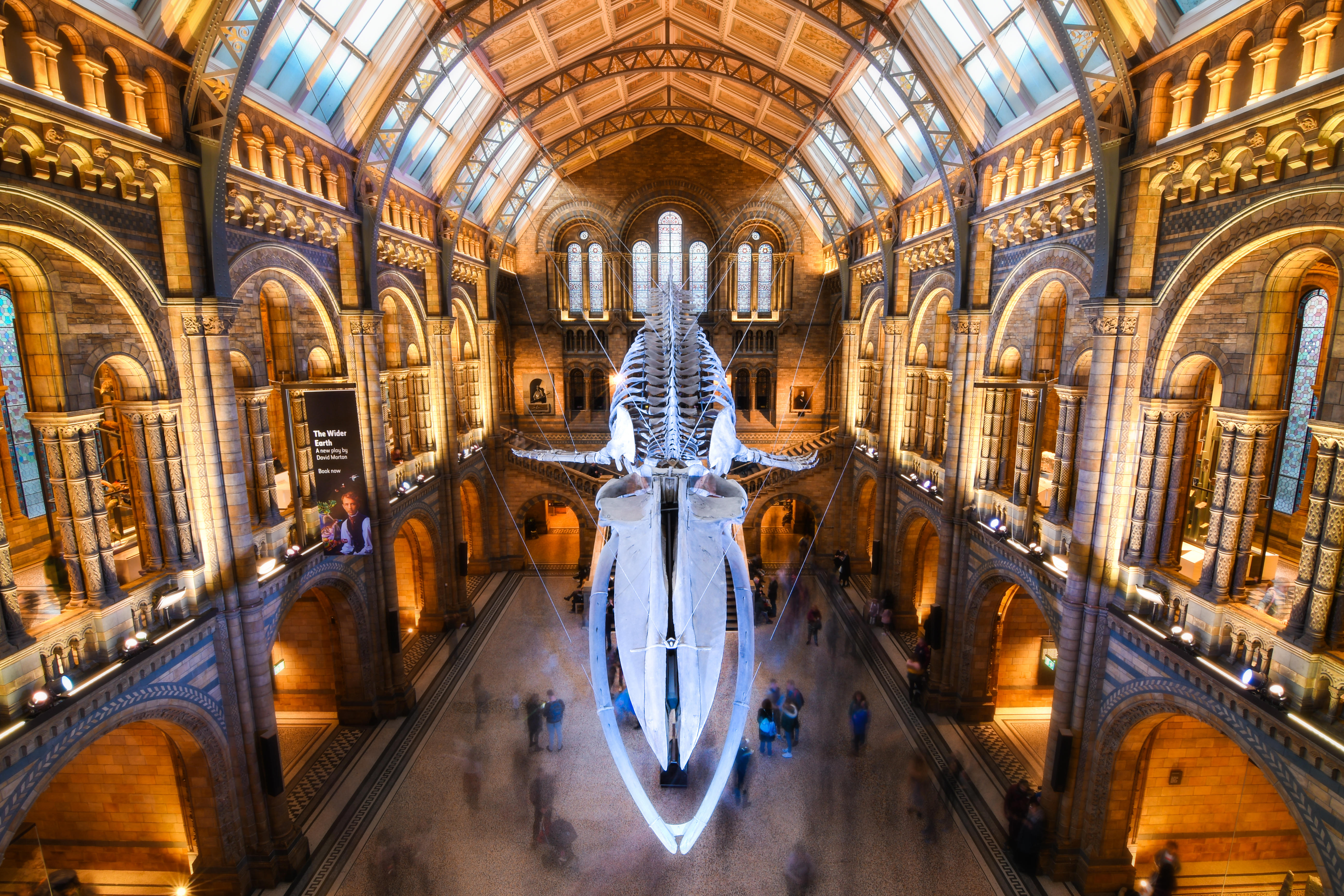Grand country houses on the market
Some of the best-known houses in their respective counties are for sale this year


Few town houses in Kent can claim an ownership history as distinguished as that of Grade II*-listed Manwood House at Sandwich, 12 miles from the cathedral city of Canterbury the only Tudor domestic building in the town to merit a lengthy comment in Pevsner's Buildings of England.
It's one of two adjoining houses built in 1564 as the original campus of the town's renowned Sir Roger Manwood School, founded and endowed by Sir Roger Manwood, one of Tudor England's most feared and influential judges and a favourite of Elizabeth I, who granted him a large estate at nearby Hackington. When Manwood House was completed in 1573, the Queen was presented with a massive silver-gilt cup in the gardens and entertained in what is now the sitting room.
Sir Roger wasn't the only eminent lawyer to hold court at Manwood House. In the 1980s, it was the home of appeal-court judge Cyril Barnet Salmon, later Lord Salmon of Sandwich. In the 1990s, on the other hand, the house was the retirement retreat of the late Sir Anthony Hayward, a former distiller and stalwart of the British business community in India, whose family once held a licence to distribute opium and ganja in the subcontinent.
Manwood's current owner, Sir Jeremy Lever, is a well-known QC and Oxford fellow who, at the age of 79, still handles some of Britain's most complex legal cases. He and his partner, the retired businessman and art collector Brian Collie, bought the house two years ago when they finally decided to move out of London. Since then, they have modernised and redecorated the house with flair and abandon, creating an impressive backdrop to Mr Collie's lifetime collection of sculptures, porcelain, artworks and artefacts.
Sir Jeremy has been especially involved in developing the enchanting gardens that are such a major element of the property's unique appeal. Each year, Sir Jeremy takes a group of law students hiking in the Alps, but unfortunately injured his ankle this year, a mishap that resulted in the decision to move to a house with fewer stairs.
Selling agent Simon Back-house of Strutt & Parker (01227 473707) quotes a guide price of £1.5 million for Manwood House, which has three fine reception rooms, including a splendid dual-aspect drawing room with high ceilings and a superb late-18th-century marble fireplace, a conservatory, a new kitchen, five bedrooms and three bathrooms. A charming two-bedroom cottage provides further accommodation, and a range of outbuildings includes a studio and two garages.
The timing of the sale could be fortuitous, says Mr Back-house, given the recent upturn in the popularity of this delightful part of east Kent following the completion of the new high-speed rail link, which has seen the journey time from Canterbury to London-St Pancras cut to 57 minutes. Most good country houses in Essex tend to be bought by Essex people with strong City connections, and the turmoil in the City has inevitably taken its toll on the Essex country market in recent years.
Sign up for the Country Life Newsletter
Exquisite houses, the beauty of Nature, and how to get the most from your life, straight to your inbox.

* Subscribe to Country Life and get our Ipad edition at no extra cost
One of the county's finest houses, Grade II*-listed Durrington House (pictured) at Sheering, near Sawbridgeworth, was one of many affected by the general lack of confidence when it was launched on the market a year ago at a guide price of ‘excess £5m'. Relaunched in last week's Country Life at a guide price of £4.65m through Knight Frank (020-7861 1093) and Strutt & Parker (020-318 5187), the property has had a reaction from potential purchasers that's been much more positive this time round, says selling agent Paddy Pritchard-Gordon of Knight Frank.
It's not the first time that Durrington House has ridden out storms in the City. Built in the mid 1700s for Samuel Feake, a director of the ill-fated South Sea Company, the house has evolved over the years, being substantially altered in the 18th and 19th centuries, and again in the 1960s, when it was bought by the Hambro family, the current vendors. Before that, it was home to members of other banking dynasties, among them the Goschens and the Glyns.
Set in 46 acres of immaculate gardens, pasture, farmland and woodland, pristine Durrington House has four splendid reception rooms, 10 main bedrooms, five bathrooms and seven second-floor rooms. Ancillary buildings include four cottages, a former stable courtyard and a carriage house. Alternatively, the property is being offered with 20 acres of land at £3.15m.
Chesterton Humberts are also handling the sale of another well-connected house, Shovel-strode Manor at Ashurst Wood, near East Grinstead, West Sussex, which is being offered with 10 acres of formal gardens and grounds at a guide price of £1.495m. The manor is the major part of a large Arts-and-Crafts house built in 1909 for Sir George Charles Trout Bartley, founder of the National Penny Bank.
In 1932, Shovelstrode Manor was bought by the late Queen Mother's brother, the Earl of Strathmore. During the war, evacuees and relatives of staff were invited to stay for the duration, and would shelter from air raids in the wine cellar. In 1956, the manor was bought by the present vendor's parents. It has three main reception rooms, seven bedrooms, three bathrooms, stabling, paddocks, formal gardens and woodland.
Country Life is unlike any other magazine: the only glossy weekly on the newsstand and the only magazine that has been guest-edited by HRH The King not once, but twice. It is a celebration of modern rural life and all its diverse joys and pleasures — that was first published in Queen Victoria's Diamond Jubilee year. Our eclectic mixture of witty and informative content — from the most up-to-date property news and commentary and a coveted glimpse inside some of the UK's best houses and gardens, to gardening, the arts and interior design, written by experts in their field — still cannot be found in print or online, anywhere else.
-
 Athena: We need to get serious about saving our museums
Athena: We need to get serious about saving our museumsThe government announced that museums ‘can now apply for £20 million of funding to invest in their future’ last week. But will this be enough?
By Country Life Published
-
 Six rural properties with space, charm and endless views, as seen in Country Life
Six rural properties with space, charm and endless views, as seen in Country LifeWe take a look at some of the best houses to come to the market via Country Life in the past week.
By Toby Keel Published
